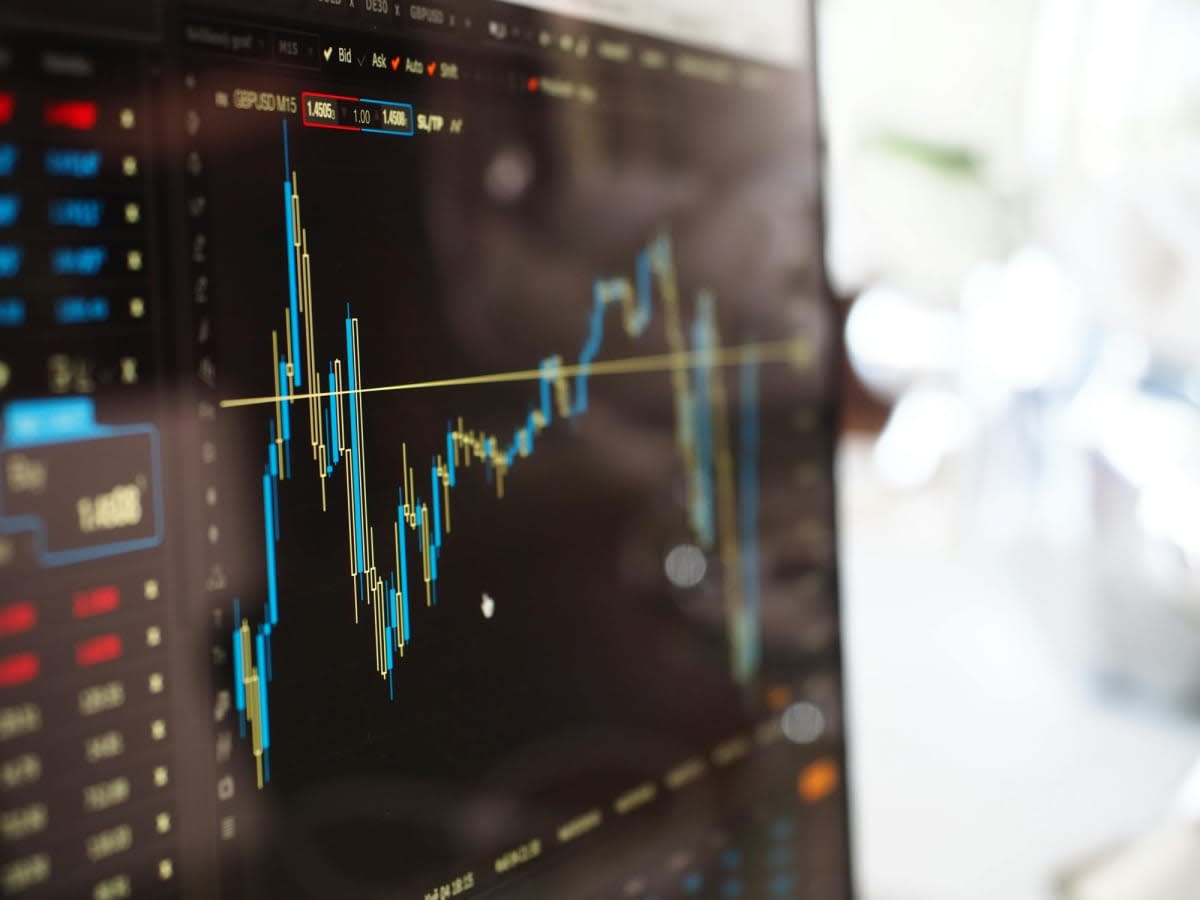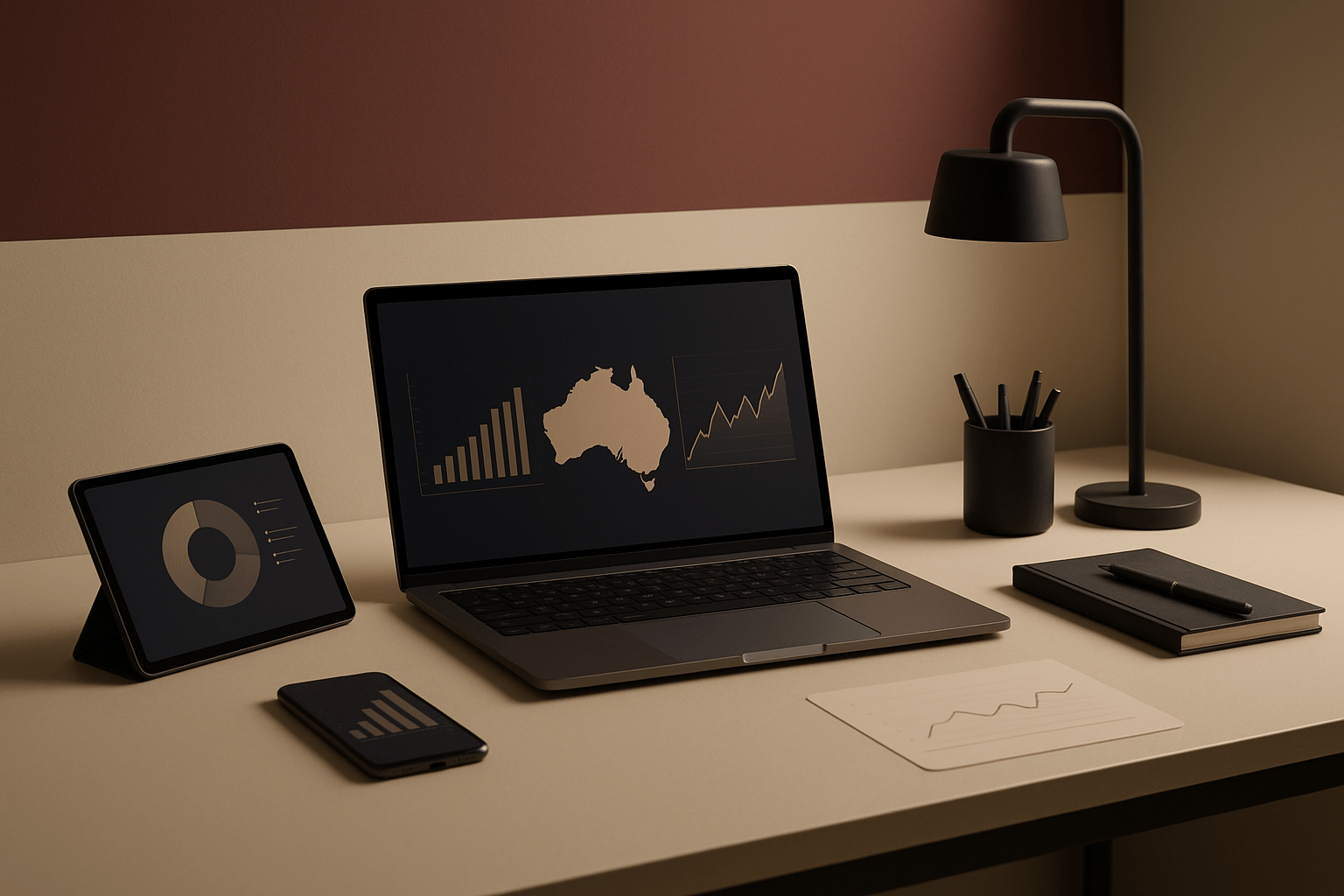Invest
What are mid cap stocks?
Investors who want to minimise risk in their share market portfolio usually allocate a significant portion to blue chip shares; however, this type of strategy often sacrifices diversification and potential returns.
What are mid cap stocks?
Investors who want to minimise risk in their share market portfolio usually allocate a significant portion to blue chip shares; however, this type of strategy often sacrifices diversification and potential returns.

While the Australian Securities Exchange (ASX) blue chips have demonstrated their ability to weather the volatile market, some financial experts recommend balancing shares portfolios by investing in the mid-cap sector.
This is because mid-cap stocks offer a certain degree of stability similar to blue chips, but since mid-cap companies often have more room for growth, it can result in potentially higher returns.
Here’s what mid-cap stocks are and how they can help investors achieve a more stable, diversified and growth-oriented portfolio.
How to find mid-cap stocks
Selecting mid-cap businesses to invest in from the thousands of listed companies in the ASX can be difficult, especially since there is a thin line separating mid from small-caps—the main reason some investors get confused.

There are several ways to identify mid-cap companies, and the list could change depending on which definition the investor applies. To simplify things, here are two of the most common ways to identify mid-cap stocks.
Mid-cap market capitalisation
The ‘cap’ in mid-cap actually refers to a company’s market capitalisation, which should range between that of small and large-cap businesses. However, the range can change depending on the financial manager.
Some estimate the capitalisation to range between $400 million and $1 billion, while others place it between $2 billion and $10 billion. Either way, a mid-cap company’s market capitalisation must fall between the small-cap maximum and large-cap minimum.
To compute for a company’s market capitalisation, simply multiply the share price with its number of outstanding shares.
For example, a listed company with 500 million outstanding shares that is currently trading at $5 has a market capitalisation of $2.5 billion.
The S&P Australian Index Committee (AIC) however, further simplifies the identification process through the ASX 100 index.
ASX indexes and rankings
Specific ASX indexes can help investors identify mid-cap companies.
The ‘S&P/ASX MidCap 50 index’ contains a pool of 50 eligible companies listed on the ASX. The S&P AIC carries out periodic assessments to determine whether the composition would remain or change.
MidCap 50 covers companies which are ranked numbers 51 to 100 in the S&P/ASX 100 index.
Other fund managers may deviate a bit from the ASX ranking depending on its required market capitalisation but their mid-cap portfolios usually overlap with ASX rankings.
Explore Nest Egg to learn more about investing.
About the author

About the author


Stock market
6K Additive secures A$48 million through initial public offering on the Australian Stock Exchange
6K Additive, a prominent player in the advanced metal powders and alloy additions market, has made a significant stride by successfully completing its Initial Public Offering (IPO) on the Australian ...Read more

Stock market
Institutional investors increase stock allocations to 18-year high amid cautious market shifts
In a recent development, State Street Markets unveiled the findings of its latest State Street Institutional Investor Indicators, revealing intriguing shifts in institutional investor behaviourRead more

Stock market
FOREX.com launches in Australia to empower self-directed traders
StoneX Group Inc. (NASDAQ: SNEX) has announced the Australian launch of FOREX.com, expanding access for self-directed traders to a global suite of Contracts for Difference (CFD) products across ...Read more

Stock market
Westpac and CMC Markets strengthen partnership to enhance online trading services
In a significant move that underscores the evolving landscape of online trading in Australia, CMC Markets Stockbroking has been chosen as the preferred vendor by Westpac Banking Corporation to extend ...Read more

Stock market
Portfolio reviews as an operating discipline: turning volatility into a competitive edge
In a higher-rate, higher-volatility world, portfolio reviews are no longer an annual hygiene task; they’re a core operating rhythm that protects cash flow, unlocks tax alpha, and sharpens risk ...Read more

Stock market
Fee war on the ASX: Global X’s A300 turns up the heat on core Aussie equity ETFs
Global X has lobbed a 0.04% management fee into Australia’s core equity sandbox, launching the Australia 300 ETF (A300) to take on entrenched giants. Read more

Stock market
Challenger IM shakes up the ASX with private credit note and a side of risk
Challenger Investment Management has taken private credit mainstream with an ASX-listed note structure—LiFTs—that secured roughly $100 million in cornerstone commitments within a day of launch. Read more

Stock market
International stocks: Diversifying your portfolio beyond Australia
In an increasingly globalized market, Australian investors have the opportunity to enhance their investment portfolio by incorporating international stocks. Diversifying your investments globally can ...Read more

Stock market
6K Additive secures A$48 million through initial public offering on the Australian Stock Exchange
6K Additive, a prominent player in the advanced metal powders and alloy additions market, has made a significant stride by successfully completing its Initial Public Offering (IPO) on the Australian ...Read more

Stock market
Institutional investors increase stock allocations to 18-year high amid cautious market shifts
In a recent development, State Street Markets unveiled the findings of its latest State Street Institutional Investor Indicators, revealing intriguing shifts in institutional investor behaviourRead more

Stock market
FOREX.com launches in Australia to empower self-directed traders
StoneX Group Inc. (NASDAQ: SNEX) has announced the Australian launch of FOREX.com, expanding access for self-directed traders to a global suite of Contracts for Difference (CFD) products across ...Read more

Stock market
Westpac and CMC Markets strengthen partnership to enhance online trading services
In a significant move that underscores the evolving landscape of online trading in Australia, CMC Markets Stockbroking has been chosen as the preferred vendor by Westpac Banking Corporation to extend ...Read more

Stock market
Portfolio reviews as an operating discipline: turning volatility into a competitive edge
In a higher-rate, higher-volatility world, portfolio reviews are no longer an annual hygiene task; they’re a core operating rhythm that protects cash flow, unlocks tax alpha, and sharpens risk ...Read more

Stock market
Fee war on the ASX: Global X’s A300 turns up the heat on core Aussie equity ETFs
Global X has lobbed a 0.04% management fee into Australia’s core equity sandbox, launching the Australia 300 ETF (A300) to take on entrenched giants. Read more

Stock market
Challenger IM shakes up the ASX with private credit note and a side of risk
Challenger Investment Management has taken private credit mainstream with an ASX-listed note structure—LiFTs—that secured roughly $100 million in cornerstone commitments within a day of launch. Read more

Stock market
International stocks: Diversifying your portfolio beyond Australia
In an increasingly globalized market, Australian investors have the opportunity to enhance their investment portfolio by incorporating international stocks. Diversifying your investments globally can ...Read more








